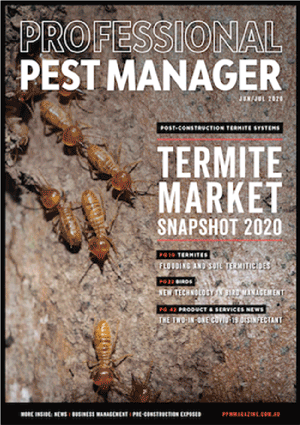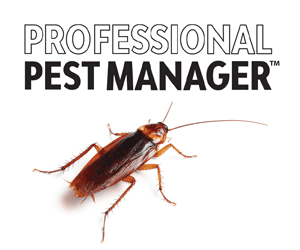Could genetic engineering be the answer to New Zealand’s invasive wasp problem?
Researchers from the University of Otago, in collaboration with researchers in Australia, the UK and California, have recently completed sequencing and interpreting the genomes of the three common invasive paper wasps – common wasp (Vespula vulgaris), German wasp (V. germanica) and the western yellowjacket (V. pensylvanica). The researchers hope that this may lead to identifying potential options to genetically engineer variations in the genome (gene drives), which could be used as part of control programs.
One example that has been proposed is that the genes targeting sperm production could be modified. Queen wasps containing this edited gene could be released, resulting in the production of male wasps with this defect. Queens that mate with these infertile males will not be able to found new nests.
Researchers have modelled how such technology could impact wasp populations in New Zealand. Whilst it would not cause a rapid decline in wasp numbers, nor achieve complete extinction, it could have a big enough impact to eliminate their biodiversity threat. The modelling suggests that wasp numbers would not be significantly impacted for the first 15 years after release, but 25 years after release, wasp numbers could have been reduced by 90%.
More work needs to be done on this technology and before any potential release of genetically modified wasps, as not only do robust technical risk assessments need to be carried out, but public discussions and engagement will be important. The team is looking at ways to further mitigate risks by potentially targeting only the wasp genotypes found in New Zealand, thereby reducing the risk of the modified wasp impacting the wasp in its native habitat in other parts of the world.


